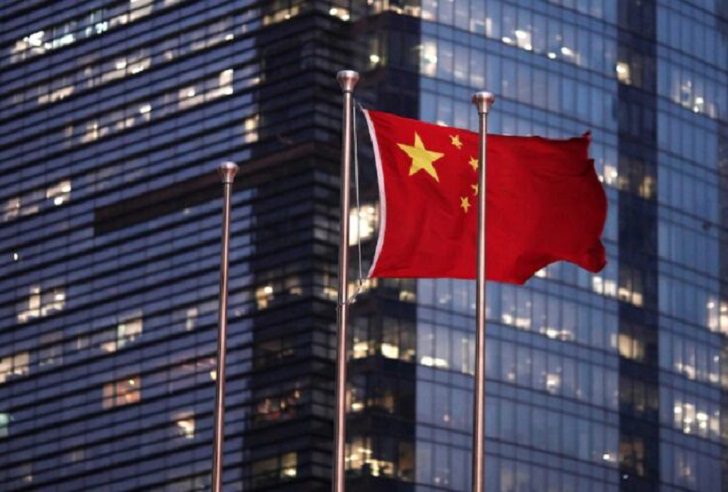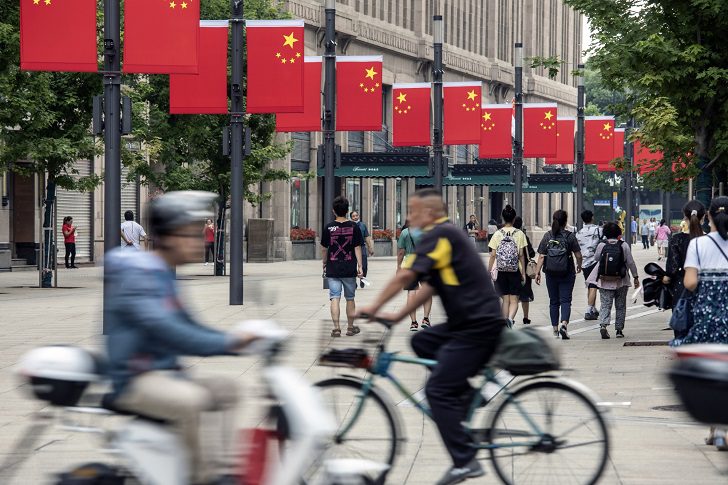Since the start of the pndemic, Covid-19 lockdowns, a housing sector downturn, reduced consumer demand, and low corporate confidence have plagued the Chinese economy. China’s annual growth expectations, already modest by historical standards, are unlikely to be met. Given China’s economic woes, the policy response has been rather muted.
The Chinese government’s response to the escalating economic challenges has been swift and reactive. To stabilize the economy, the government has proposed a number of modest policy initiatives, including company tax refunds, infrastructure investment, assistance for small business credit, and targeted consumer incentives.
As with prior rounds of stimulus, the major aim of these measures has been to stimulate the economy from the supply side.
China working towards its anti-epidemic measures.

The Joint Prevention and Control Mechanism of the State Council, China’s top anti-COVID-19 authority, released ten guidelines on anti-epidemic measures on Wednesday, including lifting restrictions on cross-provincial travel and allowing people with mild or asymptomatic infections to isolate themselves at home as opposed to being placed in centralized quarantine.
People will no longer be needed to present negative COVID-19 test results or green health codes to travel between different regions of the country due to a significant change. This significant achievement brings the nation closer to the previously restricted mobility for COVID prevention.
Despite the fact that a number of provincial or subnational governments have already taken steps to relax certain anti-epidemic restrictions in the past week or so, Wednesday’s announcement is crucial because it will effectively reduce barriers between provinces, municipalities, and regions and encourage more local governments to follow suit.

It is still uncertain how quickly China will reopen and what that process will include, but this has unquestionably started a full-fledged economic rebound in the world’s second-largest economy.
Moreover, a number of early indicators indicate that the recovery will be substantial, given that the nation will concentrate its governing efforts largely on the economy, a solid foundation, and higher expectations.
Why has China’s stimulus package this year been so underwhelming?
The explanation is that the Chinese government is constrained by its financial sheet, which restricts the range of feasible policy responses.
The first limitation on the balance sheet is the government’s refusal to borrow extensively to boost the economy. The financial sheet of China’s central government appears flawless from a distance. China looks to have substantially lower debt levels than major industrialized nations and comparable emerging markets in terms of GDP per capita.

However, this appearance is deceptive. A vast array of contingent liabilities, including debt issued directly by local governments lurks behind the central government’s excellent balance sheet (China Development Bank, Export-Import Bank of China and the Agricultural Development Bank of China).
This debt includes borrowing by local government financing vehicles, government-backed spending funds (special construction funds and government guidance funds), and debt borrowed by China’s enormous state-owned policy banks,
These other kinds of government debt in China are substantial and expanding quickly. Collectively, they are approximately five times the size of explicit federal debt.
